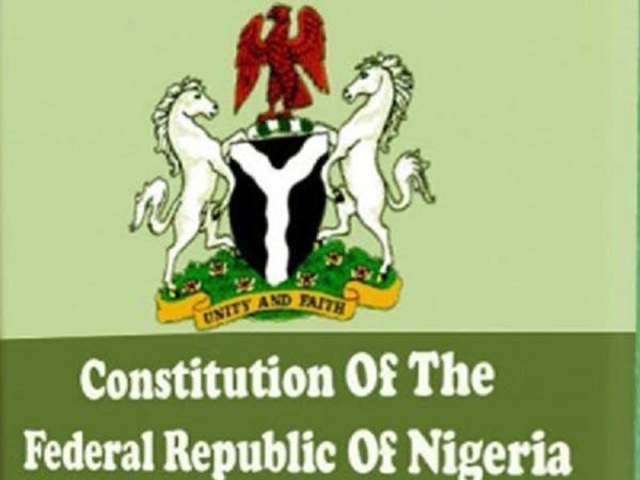The ABC of 1963 Constitution
Kunle Oderemi
POLITICS DIGEST – With the increasing demand by Nigerians for the adoption of the 1963 Republican Constitution to replace the existing 1999 Constitution, KUNLE ODEREMI writes on some fundamental provisions in the document, coupled with the opposition to the ongoing moves to amend the constitution.
Under 21 years of civil dispensation, the 1999 Constitution has undergone four amendments through 1st, 2nd, 3rd and 4th Alteration exercises. Nonetheless, midwifed by the then military government of Gen Abdusallam Abubakar (GCFR), based on the Constitution Decree No. 24 of 1999, fundamental issues of devolution of powers, federal structure and true federalism, the Nigeria Police and Security architecture, judicial reform, fiscal federalism devolution of powers, forms and type of government persist.
The Supreme Court of Nigeria affirms that “Federalism as a legal concept generally connotes an Association of states formed for certain common purposes, but the State retains a large measure of their original independence or autonomy. It is the co-ordinate relationship of power between the individual States and the National Government which is at the centre.” The court adds that “Federalism, as a viable concept of organising a pluralistic society such as Nigeria for governance, does not encourage so much concentration of powers in the centre which is the Federal Government. In federalism, the component states do not play the role of errand boys.”
In another landmark judgment, the apex court in the country declared that each government in a federation “exists not as an appendage of another government but as an autonomous entity in the sense of being able to exercise its own will in the conduct of its affairs, free from direction from another Government.” According to observers, these cardinal principles of federalism are largely in short supply and applicable in the country. They say what indeed obtains is a quasi-unitary system cloaked in federalism. This fact is underscored by a renowned constitution lawyer, Professor Ben Nwabueze (SAN) that “one single constitution for all the governments involved both Federal and state in a federation is a manifest contradiction.”
Read Also:
A former general secretary f the Nigeria Bar Association (NBA), Chief Debo Adesina, buttressed the argument with the provisions of the 1960 Independence Constitution, which provided for separate constitutions for both the federation and the regions as separate Schedules to the Independence Order-in-Council.
Ditto the 1963 Republican Constitution that provided for the establishment of regional constitutions for the then three regions in the federation. Section 5 (1) thereof stated as follows: “Subject to the provision of this Constitution (Federal Constitution) the Constitution of each region shall have the force of law throughout the region.”In the spirit of federalism, there was a specific provision in that constitution that the Executive Authority of a Region (which extended to the execution and maintenance of the Regional Constitution), should be exercised so as not “to impede or prejudice the exercise of the Executive Authority of the Federation or endanger the continuance of the Federation.” It is against these background and, coupled with issues threatening the corporate existence of the country that many, including Adesina, situate what is regarded as the structural and systemic challenges facing the country, especially the inadequacies of the 1999 Constitution. There is the vexatious issue of over concentration of powers at the centre at the detriment of the federating units.
According to constitutional experts, the 1954 Constitution had 43 items in the Exclusive Legislative List, 45 items in the 1960 and 1963 Independence and Republican Constitutions respectively;66 items in the 1979 Constitution and 68 items in the 1999 Constitution as amended. Those figures underscored the geometric rise in the number of items on the Exclusive Legislative list and the awesome powers acquired by the central government at the expense of the federating units. Therefore, structure and power imbalance are evident in the powers of the federal government over such as policing system, census, labour, trade unions and industrial relations, mines, minerals, natural gas, drugs, evidence, trade and commerce as contained in the Exclusive Legislative List. This is in addition to 30 items under the Concurrent Legislative List for which both the states and the central government have powers to make laws subject.
















